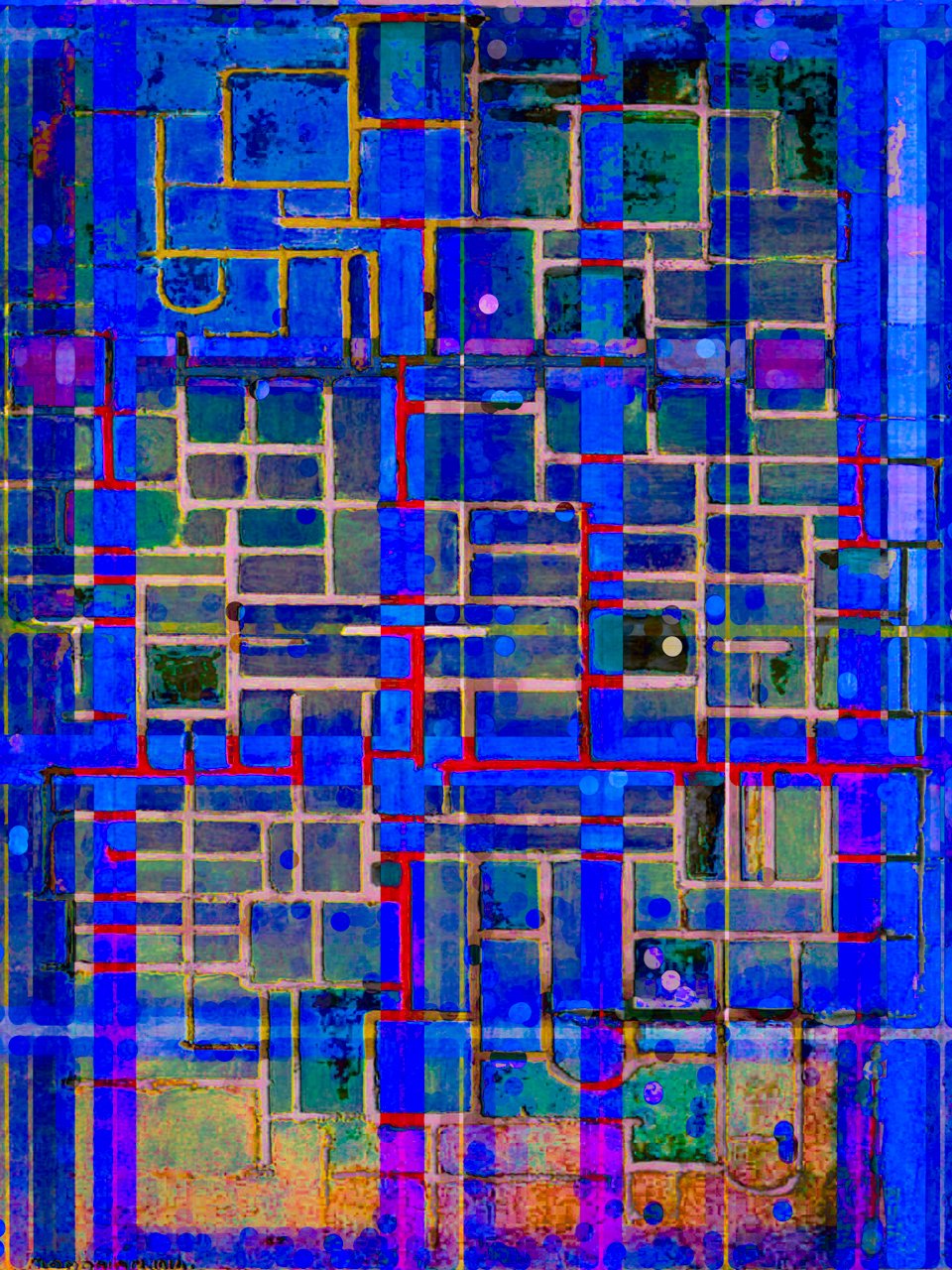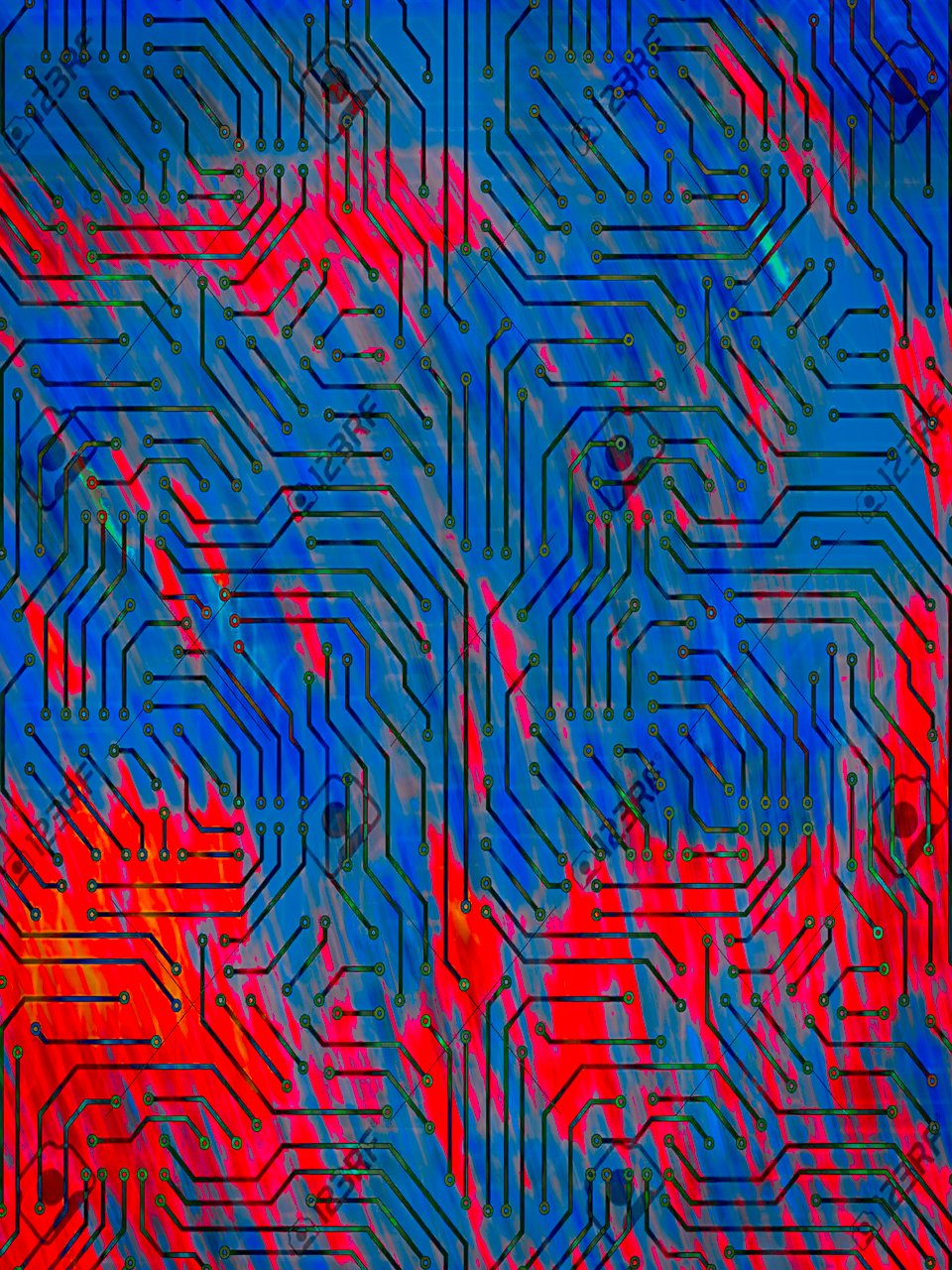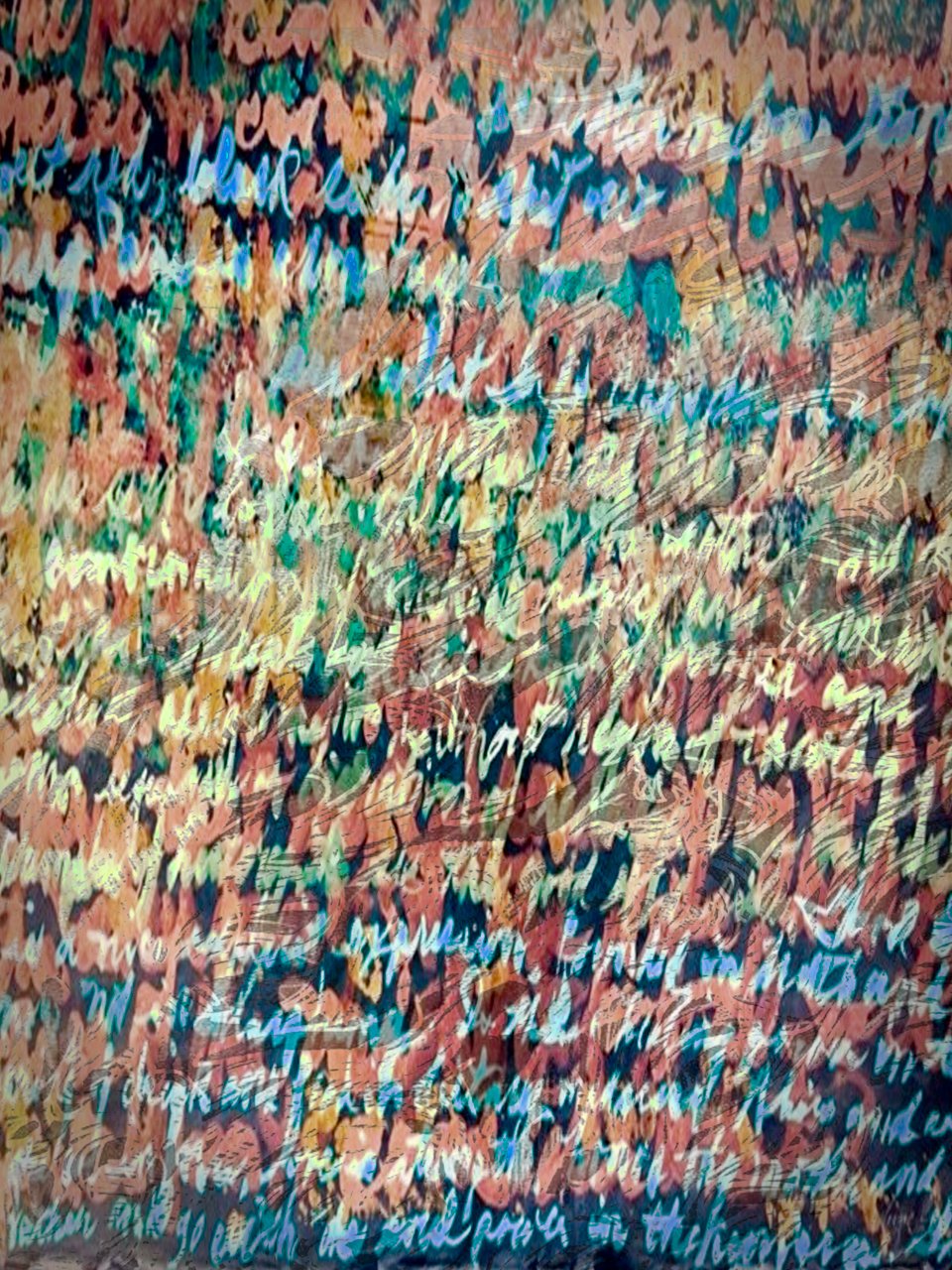Mark Making
Taking a Line for a Walk
The subtitle “Taking a Line for a Walk” is appropriated from a 2014 exhibition of the same name at the Zentrum Paul Klee, a museum dedicated to the artist Paul Klee, located in Bern, Switzerland.
Klee varied the aphorism at times to “A Line is a Dot that Went for a Walk,” which underpinned the concept in a poetic-metaphorical manner as a plausible working method for all drawing. Accordingly, artists were able to choose between spontaneity and control, between intuition and rule creating a tension between chance and intention.
In that exhibit, the following 8 artists were shown, all superb practitioners of writing as pictorial elements of spontaneity and the conceptual: Paul Klee, Henri Michaux, Mark Tobey, Brice Marden, Cy Twombly, Olav Christopher Jenssen, Christopher Wool and Jonathan Lasker.
The catalog from the exhibit is a compendium of wonder and sublimity and served as the catalyst and inspiration for this project.
From early cave drawings to sprawling graffiti, “Mark Making” has been the language of the artist and the foundation of visual poetry.
Klee was clearly the forerunner of these artists and emphasized the process of writing to implement movement based on a point, which sets itself in motion to generate the line. Handwriting was at the basis of this concept.
When writing his anthology “Creative Confession” in 1920, Paul Klee defined the “Line” as “Movement of a Point,” and saw letters and drawing as being based on this line. And thus, in his abstract works, he created cipher-like shapes in a free style, combining letters from the Latin alphabet and scripts from Arabic, Chinese and Japanese calligraphy with hieroglyphs and similar symbols.
Klee was aware of the use of lettering and text fragments in the Cubist and Dada works of his contemporaries, which inspired him to integrate letters from the Latin alphabet in his own pictures, as well as handwriting. Their presence and the act of writing served as a model for the pictorial, both becoming interchangeable.
As an example, Chinese calligraphy is a prime prototype of expressive writing and controlled spontaneity. Klee’s aim was the balancing of intuition and pictorial control in the movement of the line. For Klee, all artworks are ultimately the sum of traces that movement has left behind on the pictorial plane.
Present contemporaneous exhibits of Cy Twombly at the J. Paul Getty Museum and Gagosian Gallery in Los Angeles underscore “Mark Making” as the paradigm of this conceit.
Borrowing on these precepts, this project attempts to expand on these themes, transforming disparate images into palimpsests of the original. Taking wide ranging artistic license allowed major transformation from the original into new and distinct images with the concept of “Mark Making” always paramount.
Images are combined and redefined into unique permutations, transforming divergent depictions into a new aesthetic. In a very real sense, the foundation and predicate of all art is the initial laying down of marks. These marks serve as a springboard and archetype for the creation of transformative art.



























































































© Richard Ehrlich Photography
No images on this site may be reproduced without the written permission of Richard Ehrlich Photography.

